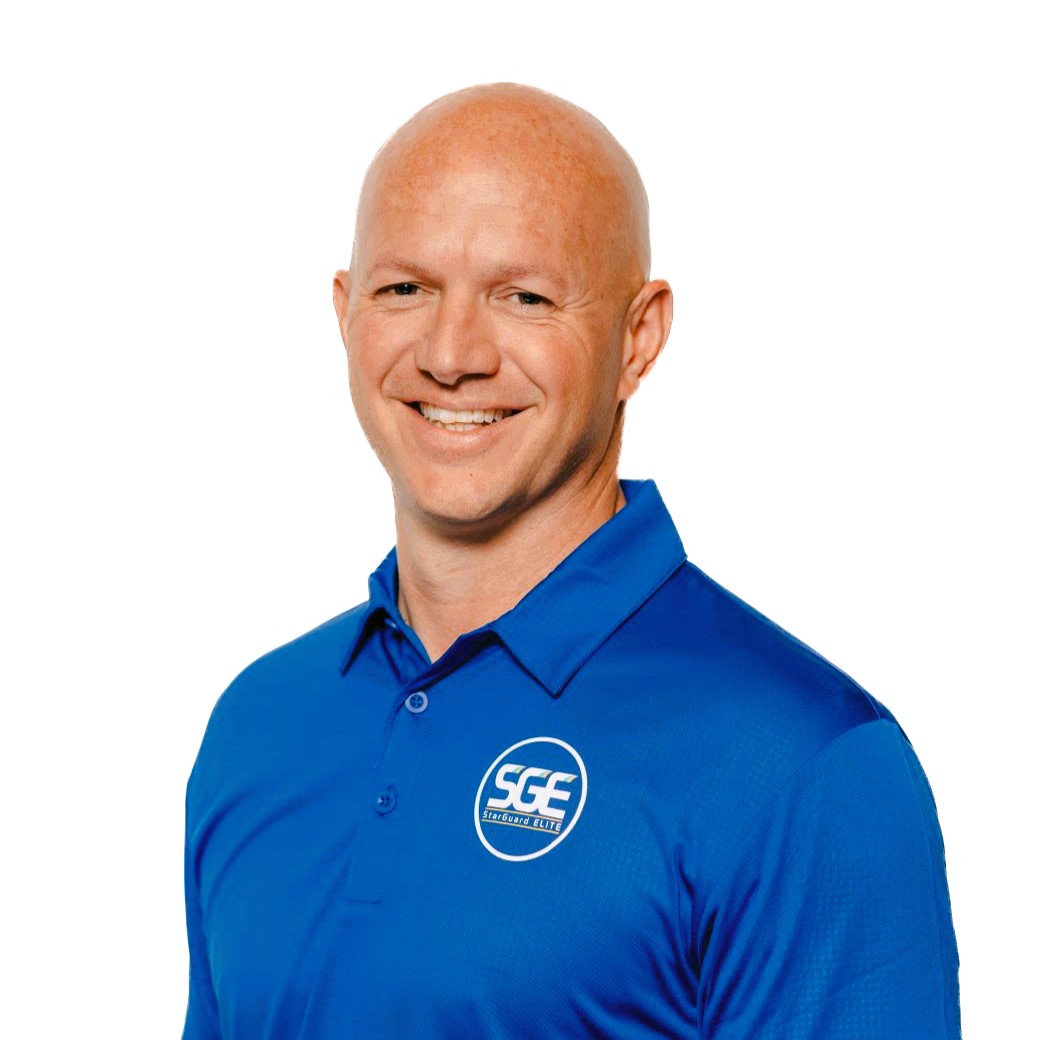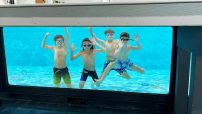The aquatics industry is constantly evolving, and Wess Long is staying ahead of the curve — which, these days, looks like a barrel wave.
With a 28-year career that began with a lifeguard position at Walt Disney World’s waterparks and included management roles at venues such as Raging Waters in San Jose, Calif., Long now mans the helm at StarGuard ELITE. Since the beginning of his tenure, in 2018, he has led innovations to keep up with the ever-changing needs in aquatics, while leveraging continually evolving technologies to improve training methods.
In addition to adapting lifeguard training and safety protocols to emerging aquatic attractions, he guides SGE in exploring a new technology to improve lifeguard training.
Training for a New Era
Long describes SGE’s approach as “student-centric,” emphasizing experiential learning and adaptability.
One of the most significant evolutions under Long’s leadership has been the integration of blended learning. Lifeguards now complete six to eight hours of online pre-course study before moving into hands-on, instructor-led sessions.
“This model ensures students come in with a base knowledge, allowing for more experiential learning during in-person training,” Long says.
SGE’s proprietary online portal further streamlined course management, providing instructors and students with easy access to textbooks, resources, and operational tools, enhancing both training and day-to-day facility management.
Under Long’s leadership, SGE also has embraced cutting-edge technologies to enhance training. For instance, lifeguards soon may practice saving skills on a humanoid robot. SGE and a lifeguard equipment manufacturer are developing a prototype for a lifelike mannequin that mimics human physiology and behavior, based on technology currently used in the fire and paramilitary spaces.
“When I tell you it looks like a person, it looks like a person,” Long says. “When you push on the chest, it feels real.”
These mannequins have the weight and buoyancy of an actual body and are built to endure rugged training conditions. “It’s been exciting to see how they can improve training realism,” Long says.
New Frontiers
The surf park industry is swelling.
Hotel Leisure & Advisors expects 2025 to be a record-breaking year for man-made surf parks. North America is currently home to seven such facilities with 35 more in development.
Recognizing the unique challenges surf parks pose — fin cuts, dislocations, and concussions are possibilities in these settings — SGE has developed specialized training modules tailored to these attractions, equipping lifeguards to handle these scenarios effectively.
Working with early clients such as Waco Surf and Palm Springs Surf Club, SGE has refined a comprehensive safety model. This collaborative approach includes operational procedures, checklists, staffing guidelines and emergency response protocols tailored to facilities with artificial waves and the people who ride them. “Surf parks are their own niche,” Long says. “It’s a blend of ocean lifesaving and water park operations.”
Man-made lagoons represent another growing trend. The massive bodies of water serve as recreational hubs and often anchor residential developments or resort destinations. SGE was involved in several of these projects, learning about their unique safety challenges and helping shape protocols from the concept stage.
“We treat lagoons more like open water,” Long explains. “Lifeguards need additional training to handle long-distance swims and varied water conditions.”
Long highlights the cruise industry as another area of growth. “Private destinations and aquatic attractions on ships are becoming increasingly elaborate,” he says. SGE has already partnered with major cruise lines to develop tailored safety programs for these unique environments.
Vision for the Future
Long is optimistic about the future of aquatics. He sees immense potential in hybrid models that combine surf parks, lagoons, and traditional water parks.
With this growth, the demand for specialized training and safety programs will only increase.
“The growth in aquatic environments means more unique challenges, but it’s also exciting,” Long says. “Our job is to stay ahead, to ensure our clients are prepared for what’s next.”



